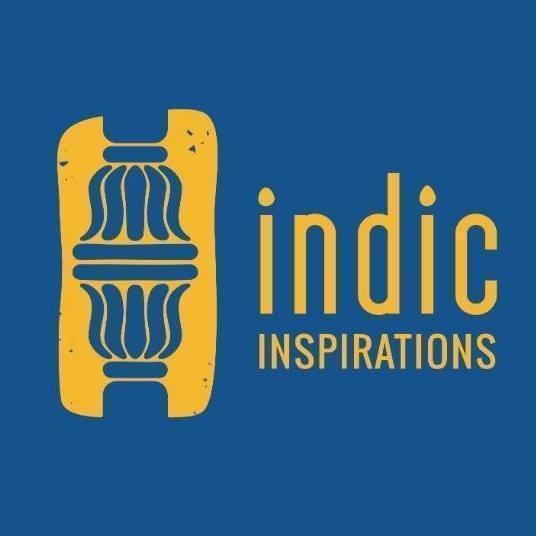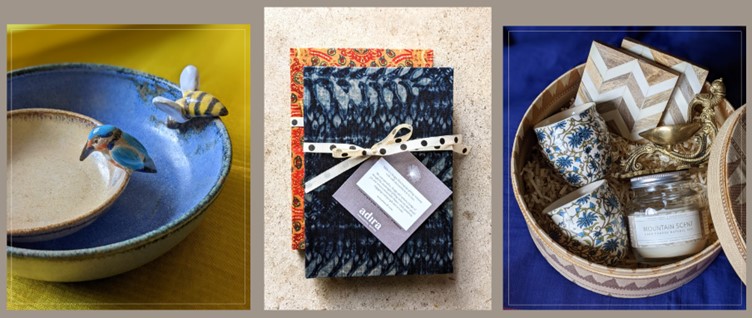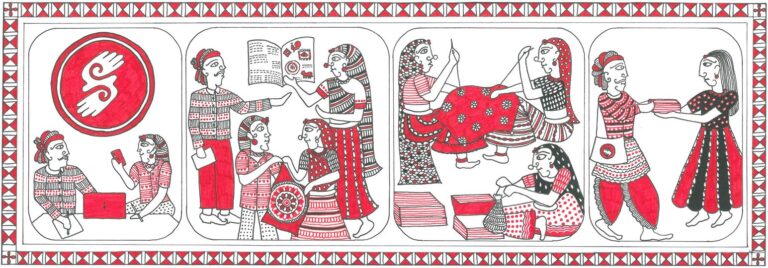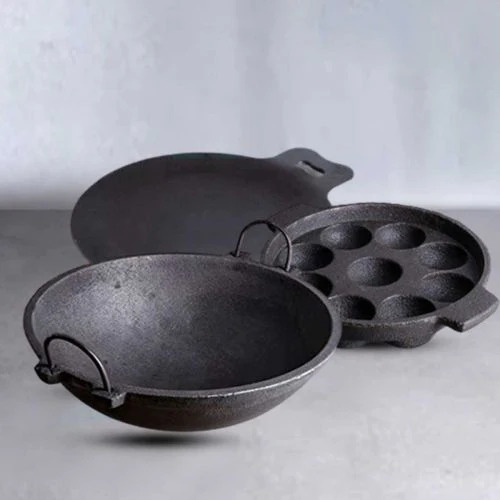Indic Inspirations is a gift and souvenir cultural enterprise that emphasizes India’s cultural and scientific achievements through an assortment of products. Through collaborations with artisans and traditional craftsmen, Indic Inspirations provides them a platform to hone their skills while also facilitating increased employment opportunities.
Indic Inspirations was the winner of the NICE Aarohana Business Plan Competition (Growth Stage). They also participated in the first NICE Angels Investor Meet concluded recently.
In this interview founder, Sunil Jalihal, shares how Indic Inspirations works with artisans to create products and home decor that narrate stories of India’s traditions, culture, heritage, and achievements. Read on to find out how NICE entrepreneurs in the home decor focus sector can integrate modern nostalgia with Indian craftsmanship.
The Birth of the Artistic Storyteller: Why Indic Inspirations was Founded
In 2014, my wife, Padmaja, and I decided to set up a trust for artisans called Heart for Art. We set up an online store on their behalf and conducted workshops for artisans to help boost their business. Five years into this venture, I realized we could do more for the artisans if we created a for-profit private limited company. I wanted to retain the focus on arts and crafts but introduce new and unique products to the marketplace.

Even though India has millions of stories buried in its heritage and culture, we saw that souvenirs that brought these narratives to the forefront were lacking. Thus Indic Inspirations was born to narrate stories of India’s tradition, cultures, heritage, and achievements through collectibles and memorabilia rendered through India’s arts and crafts.
When we launched Indic Inspirations, we already had access to over 400 artisans spanning 65 crafts. We began by experimenting with existing artifacts by improving the quality and packaging it better. However, we noticed that people did not find any novelty in these products. We then decided to focus our product launches in the form of collections. These collections consist of 5-50 products that narrated a common theme or story.
Our Target Groups are consumers that are hungry for unique products – experience seekers, corporates, Indian diaspora, destination travelers, children and art & craft lovers. Since we cater to a wide demographic with products ranging from home decor to ancient board games, our packaging and messaging help us target the right age group.
Today’s Story is Tomorrow’s History: Finding the Tales India has to Tell
We begin by looking for various elements of Indian culture and modern India that people are intrigued by but not fully aware of. We conduct our research by contacting experts in this field, ranging from historians to practitioners and often gain access to documents that date back 150 years.
Our customers can access the trove of stories we have collected through our blog and our Instagram in the form of articles and video content. We uncover each story intimately after rigorous research and conversations with the artisans.
On opening the package, the customer will find a card that highlights three aspects of the product’s story – the concept, the craft it is rendered through and the overall philosophy of the product.
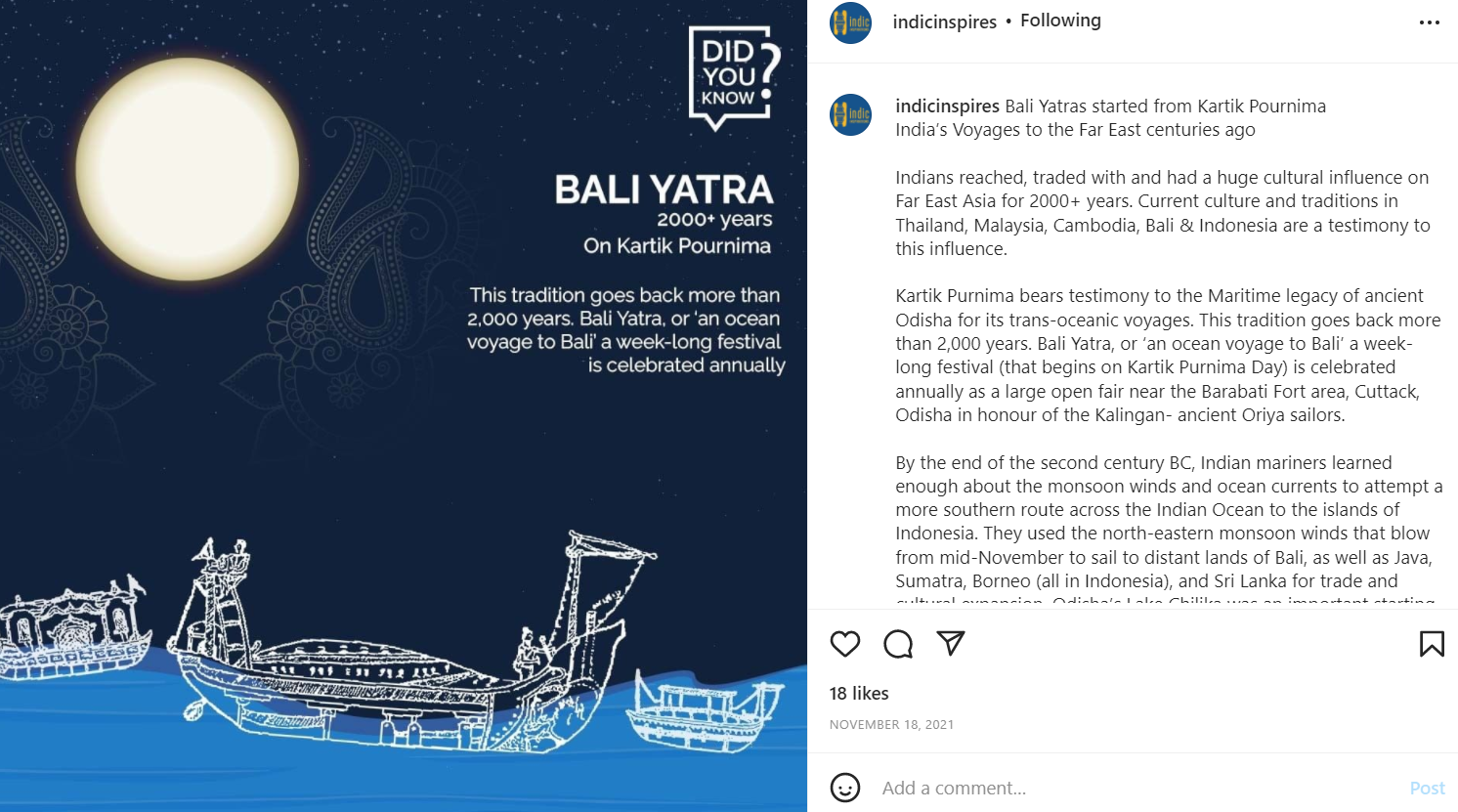
The Speaking Artifact: Designing Collections that Narrate a Story
Our Shunya collection pays tribute to the ‘zero’, which is considered amongst India’s greatest gifts to humanity. However, India has never celebrated or monetized this story. We decided to create 15 products on Shoonya, ranging from zero-shaped lamps, t-shirts with the history of math to a medallion tracing the origin of the Shoonyata philosophy.
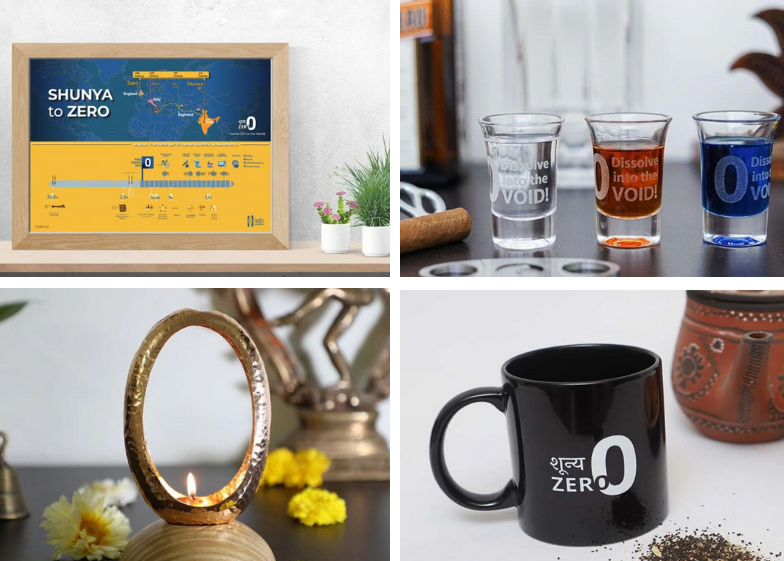
We wanted to represent the mythology of India in a modern light. During Ramleela, it is a common practice to burn the effigy of Raavana, which isn’t very eco-friendly. We came up with the novel idea of converting Raavana’s ten heads to form a wooden dartboard. His heads would be in a circle, where each one would represent the ten vices of humanity. Since Raavana’s navel was his nemesis, we placed the bullseye off-center. We also designed the darts to look like Ram’s arrows. In this way, this product combined innovation with age-old tradition.
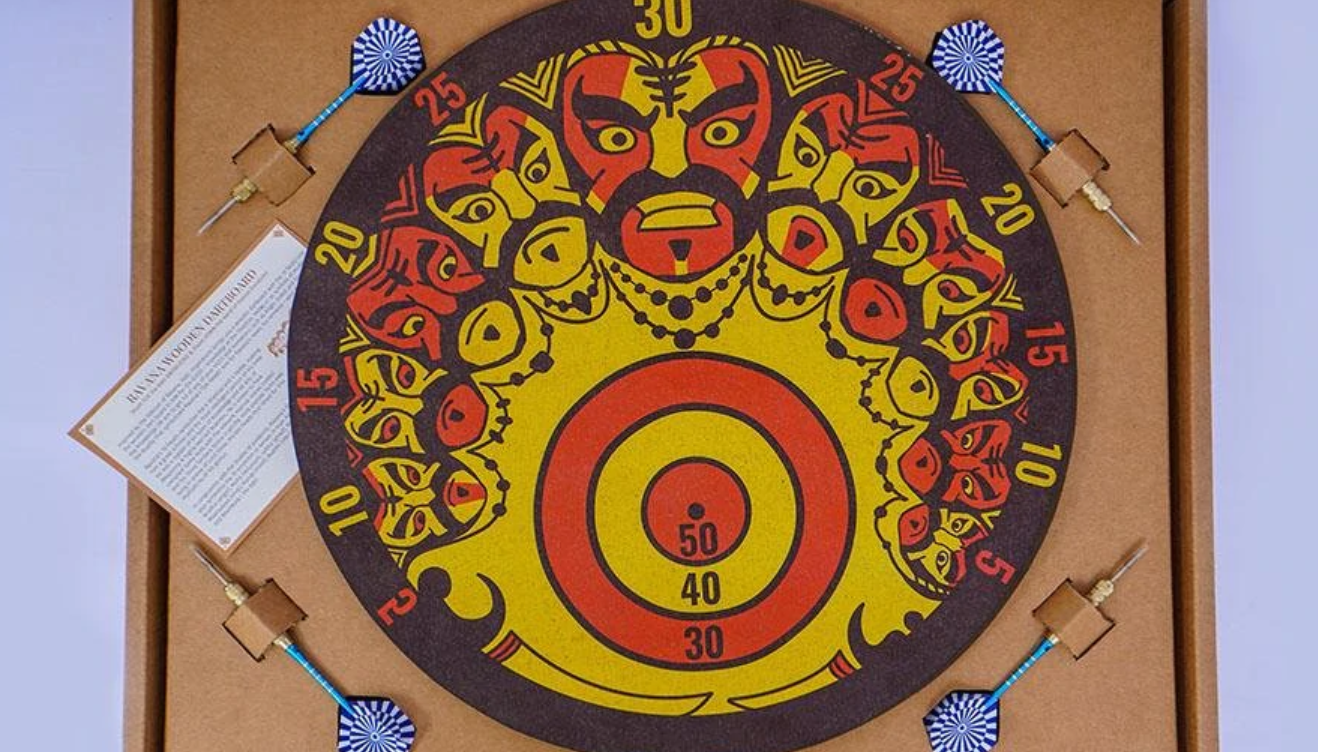
We also have released a collection of Yoga tools with mats made from materials such as Darbha Grass and Water Hyacinth Fibers. Through collaborations with relevant influencers, such as The Yogini World, we have been able to help those in this field move towards traditional practices and away from Chinese synthetic mats.
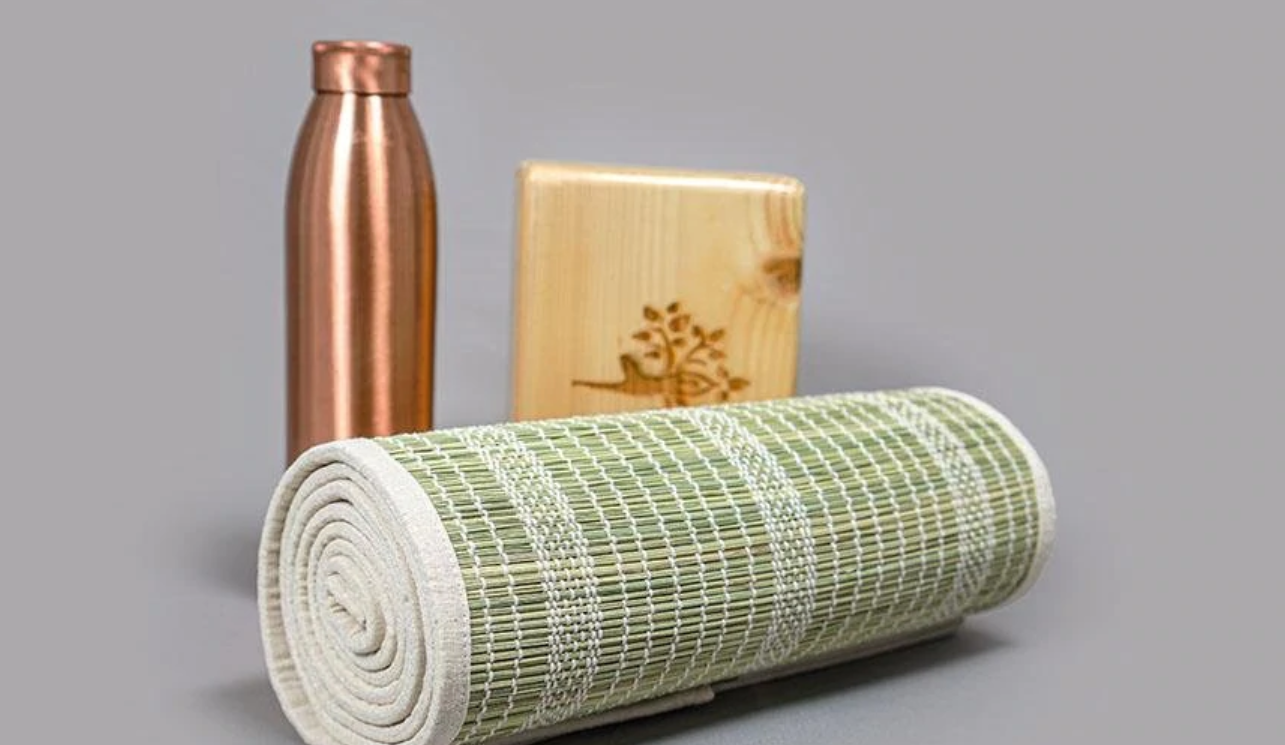
To the Moon and Back: ISRO’s First Registered Merchandiser
While people know some basic facts about ISRO, they often are unaware of much beyond the Mangalyaan mission. We approached ISRO and conveyed our intent to narrate their story.
We worked with them for a year and signed on as their first registered merchandisers. We then created over 50 products for our Vyom collection ranging from scale models of rockets, board games, fridge magnets, and more.
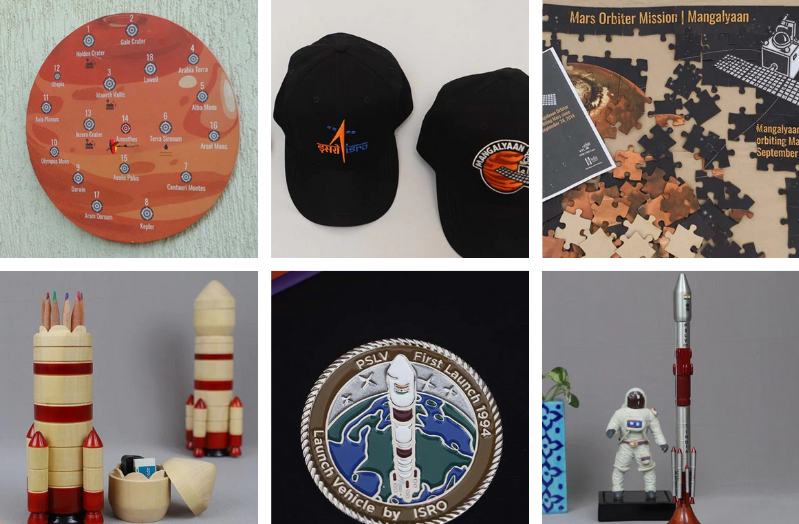
We plan to introduce ISRO-based workshops in schools. We’ve authored a space-learning book for children and directed an educational drama to narrate the ISRO story. We have also included an ISRO related quiz, a 2 hour DIY session on building a GSLV rocket, the mars board game, and more. We hope to constantly innovate, create and narrate.
The Right Stroke: Choosing a Craft to Render the Product
Since we have been working with the craft industry for the last eight years, we are aware that each story is inherently narrated by a specific kind of craft. For example, Madhubani centers around the depiction of Ramayana and Mahabharata. On the other hand, the Gondh form tends to paint the natural history of India, from animals to trees, and even includes paintings of Lord Shiva drinking Mahua!
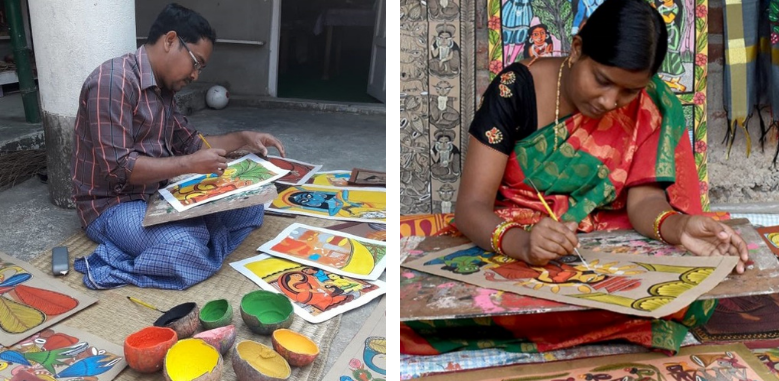
We make each product through a highly collaborative process. We often work with academic institutions, artisans, historians, and more. Once we conceptualize the story’s outline, we sit down with the artisans to brainstorm the design elements. For each product, we study the method and materials of the craft that can best bring it to life – from metal, wood, grass craft to artisanal engineering. We like to get many people on board and work with interns and student ideas. We plan to work with the National Institute of Design and the Industrial design center in IIT Bombay to gain fresh design inputs.
Celebrating our Strengths: Upcoming Collections
We launched Indic Inspirations in early 2020, just before the onset of COVID. We used the lockdown period to invest time in designing more products and prototyping ideas.
Our mission is to continue to narrate stories. Currently, we are working with the National Defense Academy to bring to the front their story. An unknown fact is that the NDA is the only tri-services (army, navy, and air force) training center in the world. Similarly, the Port of Mumbai will be celebrating its 150th anniversary. We aim to bring forth their story through the Indian Ocean collection, bringing them the limelight they deserve.
Indic Inspirations has grown its consumer base by both promoting artisan welfare while bringing the story of India to your homes. NICEorg wishes them best of luck in their journey ahead.
If your cultural enterprise is in any of our five focus sectors and you would be interested in being featured, write to us at namaste@niceorg.in
